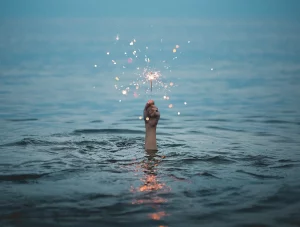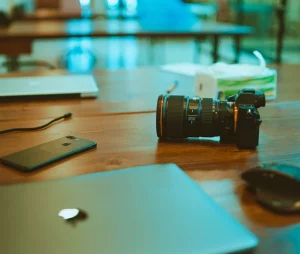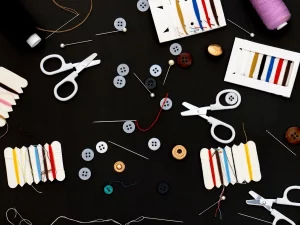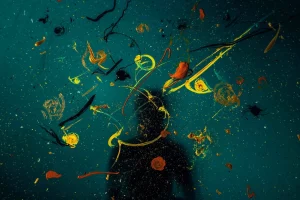Crop, colorize, overexpose, sharpen or blur, change the mood of a detail or a sky, convert to black & white, filter, densify, delete or add…have the applications intended for photo editing decided to transform us into real demiurges?
Star Apps: Real Magic Wands
Whether they are for Android or Apple, free or paid, applications dedicated to editing have multiplied. Ideal to boost our communication, even our persona; lightning fast once we know how to use them, they have a lot of assets and even let us think that we have become excellent photographers. They are there to optimize our photos, pro or family, and whether we are equipped with digital cameras or simple owners of cell phones, we all have access to these miracle-working software programs.
Facetune, Visage Lab for selfies, Snapseed, Lightroom, Photofox, iPiccy, Pixelmator Pro, Capture One for professionals, PickMonkey, ON1, Mextures for those who are in a hurry, Photoshop Express, PhotoFiltre, Darktable, Sumopaint, Pixlr, Photos Pos Pro for those who want to start with free, TouchRetouch, Airbrush for erasing, deleting…. That’s it for the top of the list!!
We can see that the range of applications for all kinds of corrections is constantly expanding. Artificial intelligence has even been invited to the table to offer a crazy added value with Skylum Luminar, DXO and Avalanche, exclusive tools with unlimited possibilities that facilitate, among other things, the denoising of images, their conversions and their transfers. Huge selection of features!!!
From the requirements of film-based photography to the debauchery of digital?
The days of the contact sheet, where we lamented overexposure or underexposure, or of the thread counter whose verdict was without appeal for the lack of sharpness or the weakness of a framing, are long gone. One had to make do with it, and it was only the number of years of practice that offered a certain technical regularity. Retouching existed, but it was handmade and charged by the hour, a solution out of reach for amateurs…
We can consider that the enlarger with its different lenses, filters, layers and marginers was the ancestor of its applications that lighten, densify, and modify the atmosphere and the texture of the image itself. Each photographer had his own way of developing an image. The exercise of hiding by the play of hands, in connection with the exposure time, was sometimes an artist’s work. An exercise, let’s admit it, very limited.
Today, a subscription and a file export allow you to perform spectacular retouching work with a return to the original at any time, saving time, money and photo paper, not to mention the end of the use of harmful products.
Does the arrival of these digital tools make us forget the artisanal dimension of the work on the image?
Does too much retouching kill the authenticity of the photograph?
Rectifying the glowing iris, refining the contours of a face, accentuating the stormy light of a sky, correcting contrasts, harmonizing colors, creating depth of field…does the accumulation of copious retouching in the pursuit of perfection offer a real benefit to photography? By abusing the retouching, do we not come closer to a fake picture? In our desire to magnify a reality, we perhaps withdraw its power to generate emotion, and unless we take it as a real bias, excessive retouching can even border on bad taste.
There are fields where photo applications for retouching are indispensable. Let’s take the example of architectural photography, where it is imperative to rectify the perspective in order to give a building its true proportions, as well as to rework the play of light on the facades, by intervening in particular on overexposure or underexposure.
In this successive transformation, we notice that the authenticity can still be quite heckled, the purpose distorted and the sincerity of the original gone for good. The ultra “botoxed” photography becomes ugly, loses its soul and its raison d’être; it becomes tasteless, without any message to transmit. So beware of abuse.
“Following your path and your aspirations are important, especially when it comes to passionate jobs like photography.”
Today anyone can become a photographer?
Without photography, social networks would not have the popularity they enjoy. Some of them are platforms dedicated only to photography, like Instagram, Pinterest, Flickr… perfect to build an online community and share an image at any time. Today we express ourselves through and for the image.
A new generation of photographers was born with the emergence of social networks and smartphones and really got into the game of image making. Whether it’s vacation photos, landscapes, reproductions of works of art exhibited in a museum, portraits, or rather surprising places, photography expresses much more than a text to evoke our current activity or our encounters. And when digital photo retouching arrived, enlightened amateurs, professionals and beginners plunged into the world of retouching.
We stylize the image, we give it a more vibrant tone, we “texturize” it to best reveal it on our networks. Just as music has seen the emergence of young artists consecrated by the public thanks to their online publication, the artistic work of some photographers has been celebrated thanks to their online portfolio.
Facebook and Twitter participate in the beautiful adventure of recognition. How can we not evoke the images of Charlotte Abramov, who realized a poetic-photographic work on the disease of her father. She regularly posted her images, always staged by herself, with one goal: to accompany the journey of a loved one through illness with infinite tenderness. For this she achieved total and unexpected success punctuated by the publication of her book: “Maurice, Tristesse et rigolade.”
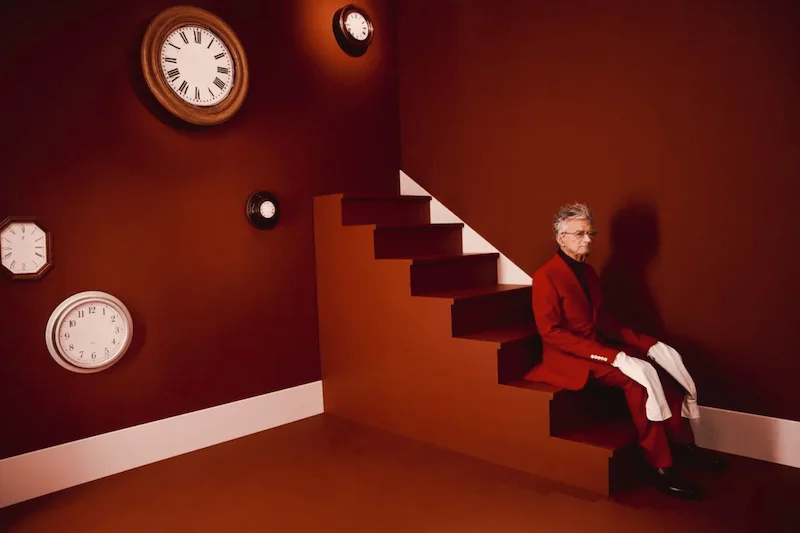
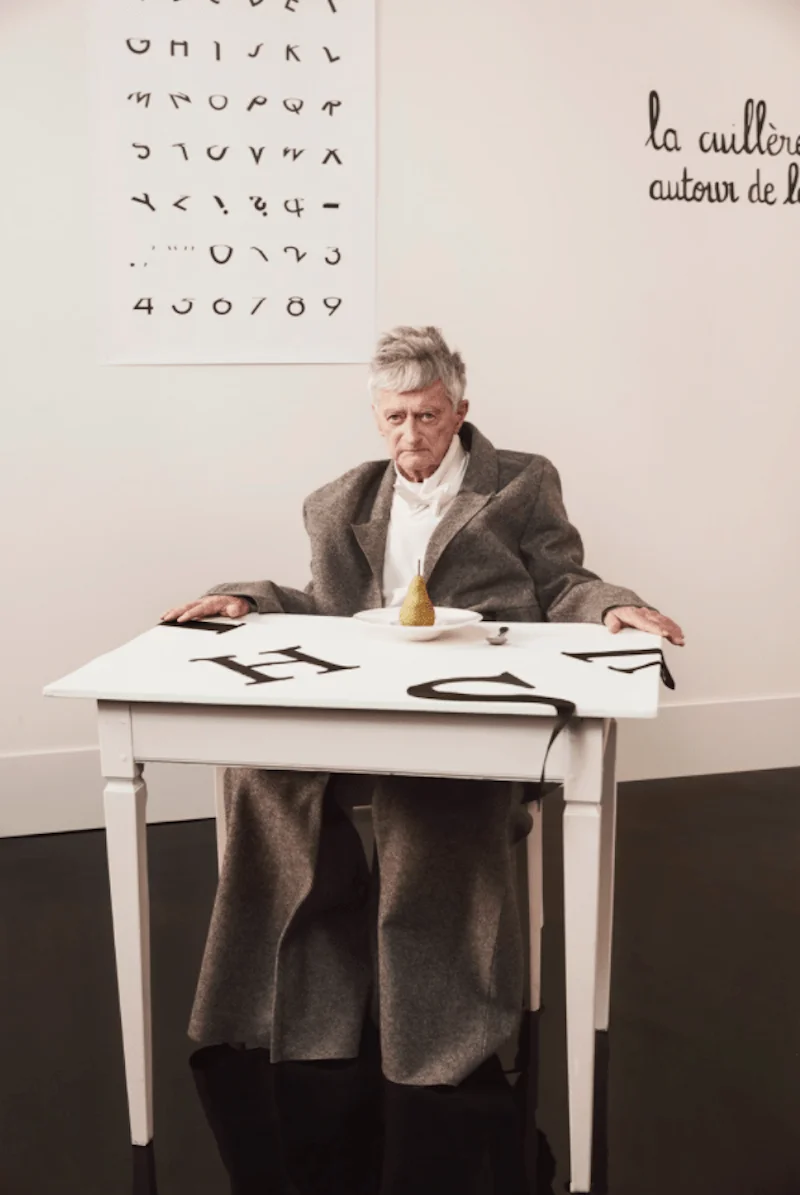
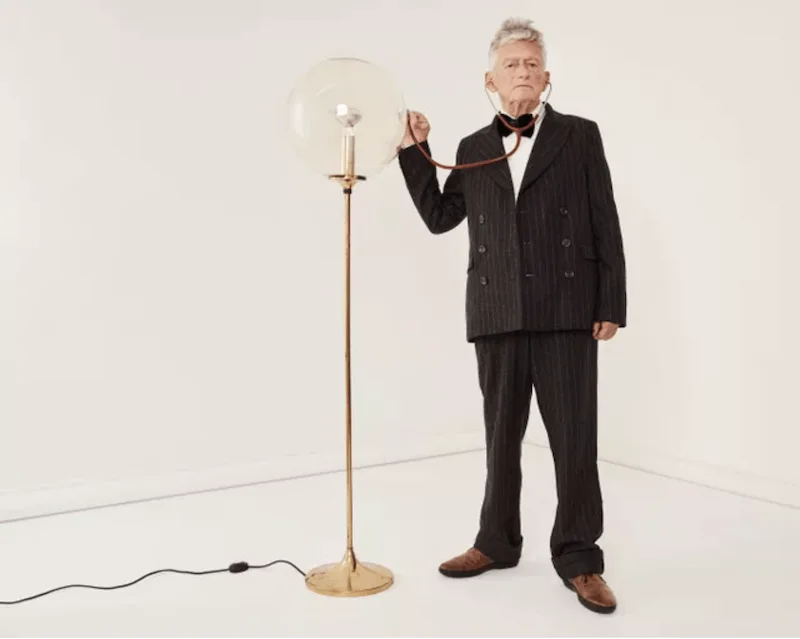
A tool for the excessive or for the tailor-made?
A retouching software must be at the service of the eye and not the opposite. Do not let yourself be taken in by digital solicitation. Distinguish the simple “improvements” that you wish to consider on your photographic work, without falling into pure and simple staging as André Gunthert (historian of photography) underlines it.
Major rules: use these softwares wisely, and especially those that resonate with you.
A work of selection is necessary in front of the multitude. When you discover an application, first look at the tutorials to study its assets and its defects. If necessary, download it for a few days to test it (many offer a trial period of a few days before buying). Take your time to ensure it doesn’t duplicate the ones you already have in your personal catalog. Frugality is part of the panoply of an eco-responsible photographer!
Your selection must always be at the service of your photographic universe. These digital aids must only be there to accompany your vision or your creation, in no case to distort it.
At the service of a signature?
Interview with Michel REDON, art director by training, who practices plastic photography exclusively on iPhone or iPad. He has a portfolio of over thirty applications such as Snapseed, Focos, Light Express, Photoshop, Shift, Union-Combine, Fragment-Prismatic, Photoleap, Pixlr, Apollo, Gemini, Photoroom Studio,Photoshop Fix, On1, Photo, Waterlogue, Camera Plus, Tintype…top level photo applications….
On average, how many applications do you use per photo?
“I can use up to four apps per photo. I will search for a specific tool in the first app and then export my photo and exploit another existing device in a second app and so on. This post-production work requires knowing each app and its capabilities inside and out. Without this keen understanding, you lose track of your work.”
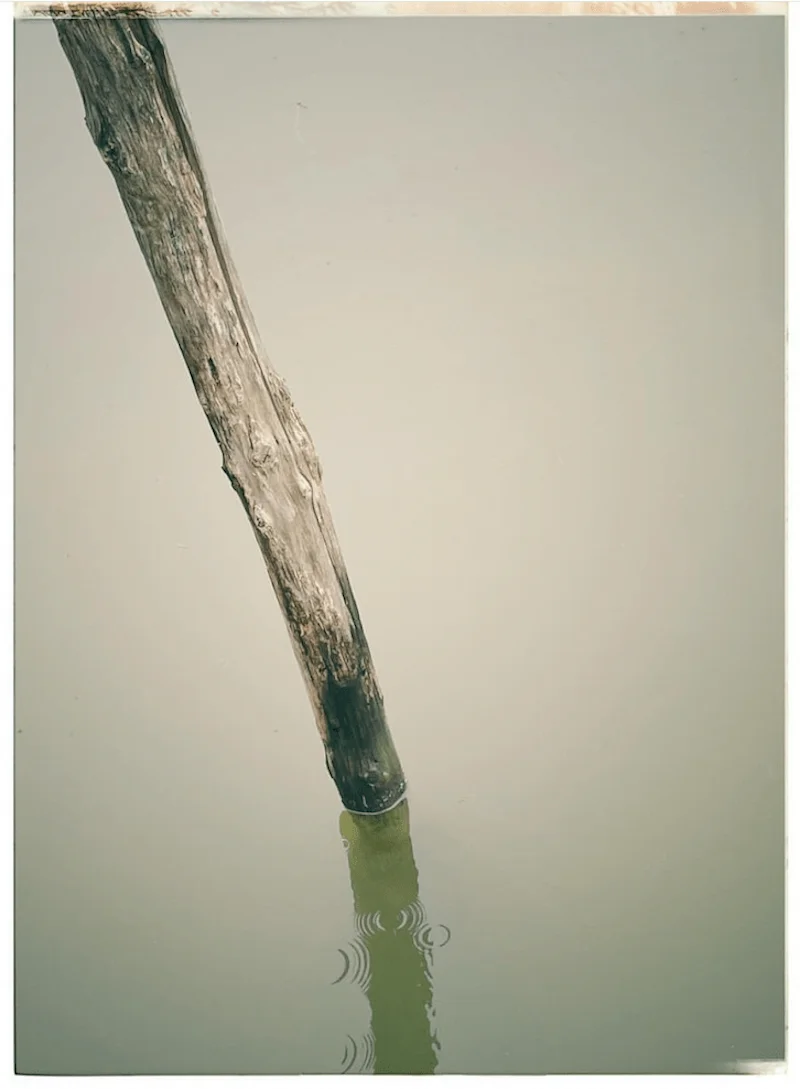
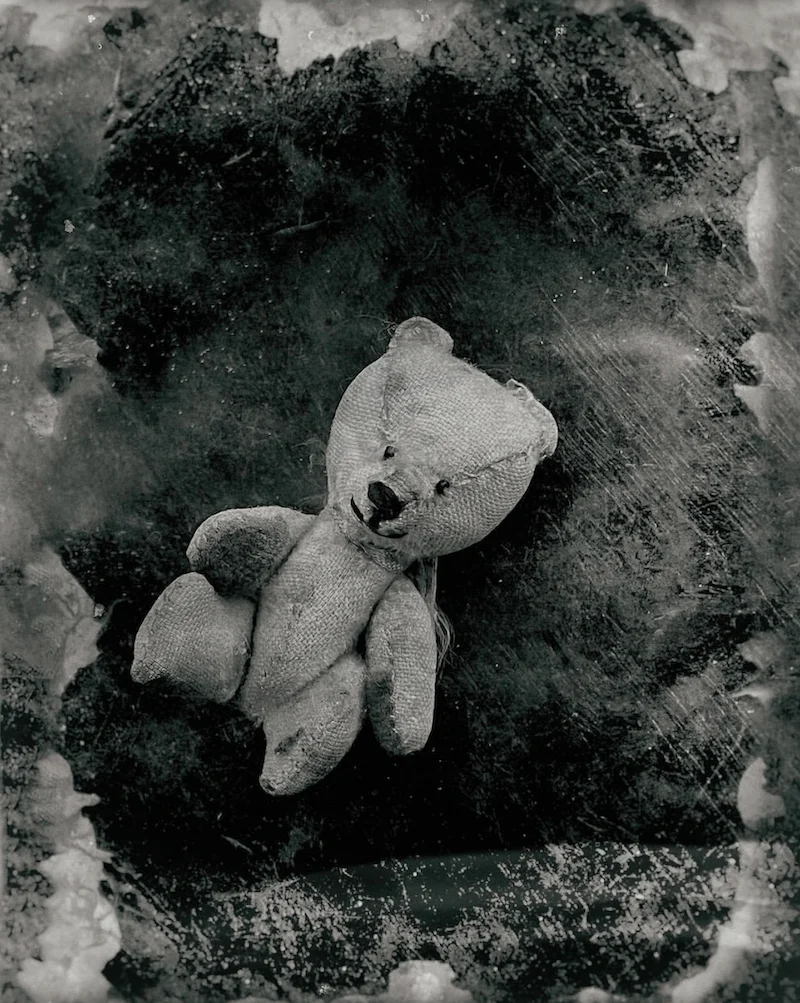
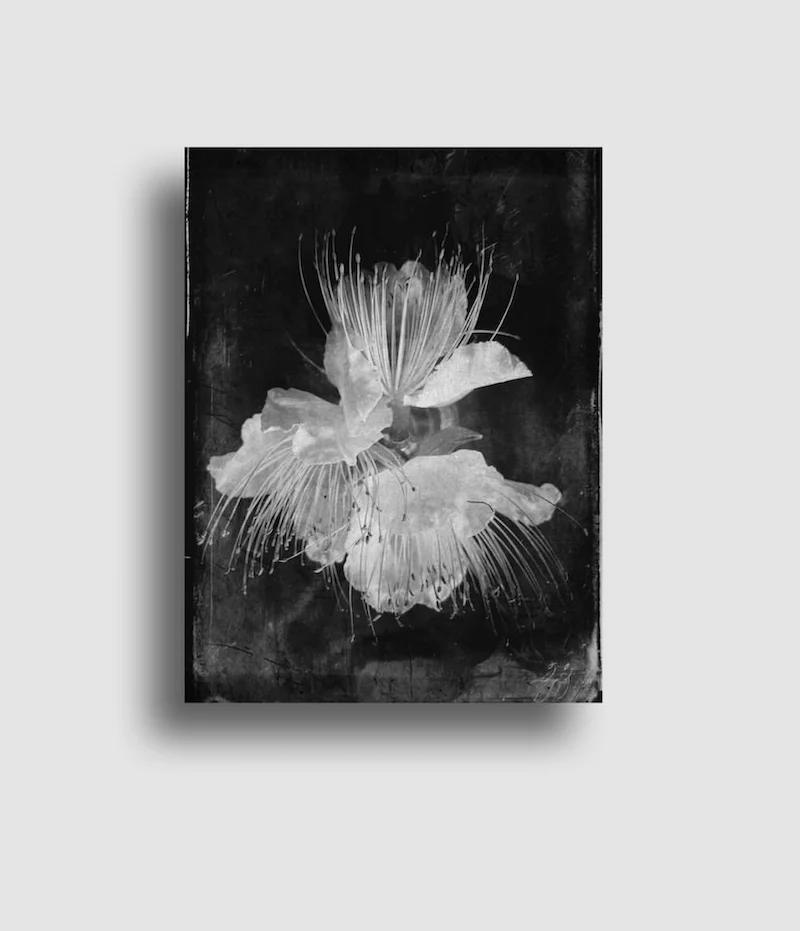

How do you choose your photo applications?
“It is imperative to spend many hours, testing, understanding, using all the potential that each application offers to finally build your own palette of photo applications that will serve a visual purpose. On average, I spend nearly an hour a day to familiarize myself with all the possibilities presented. Some of them often have the same functionalities, but I sometimes invest in another one, quite similar, because the access to the specific tool I am interested in will be more efficient for my work.”
What are your favorite apps?
“I regularly use Snapseed, Photoshop, Carbon, Filmo and On1; these are for me the best photo software apps. They’re my work base. They allow me to enhance my photos and go in the direction of the purpose I put in an image. It is also necessary to distinguish between the software dedicated to shooting and those used in post-prod. If I want to make a shot in vintage B&W, I use Tintype. But if I want to work on my depth of field, I use Focos.”
What kind of budget do you need for these photo apps?
“Generally speaking, powerful applications that add real value are not free. Annual subscriptions usually range from $20 to over $100. My personal budget dedicated to photography amounts to more than $300 per year.”
Can we speak of a photographic signature?
“Some photographers really have a very identifiable style. For my part, it is difficult to answer this question. It may seem pretentious, but it is true that, over time, a spirit, a choice of subjects, texture and color harmony end up constituting your graphic and visual identity”.
“You don’t take a photograph, you make it,” Ansel Adams declared. Today, it seems that manipulating the substance of a photo is a required convention. Who doesn’t apply a filter or crop their photo before posting it on a social network?
These new tools at hand are an integral part of the DNA of digital photography. It is true that we are moving away from what André Rouillé (historian of photography) calls the “truth regime of silver photography”. We have seen it: everything must be a question of dosage, personal ethics and purpose.
Your point of view on photo editing
What about you?
How does this reflection inspire you? Can retouching transport us to a place that does not truly reflect who we are? Or, on the contrary, can it be a great tool for creation?
Concretely, in the past year, have you ever published photos without retouching them?
Photo Credits: Charlotte Abramow, Michel Redon, Dan-Cristian Paduret.





